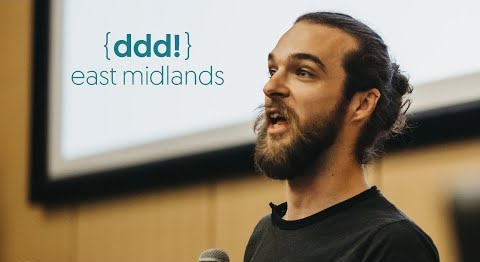Good Boundaries: Bounded Contexts and Conway's Law

Deciding which things belong in which part of your system can make or break your architecture. To avoid creating a big ball of mud, we separate concerns and keep things organised. This talk takes us through different kinds of boundaries: What makes a good function? What makes a good class? A good service? We’ll discuss slicing vertically, building separate packages, and the trade-offs of splitting into many git repositories.


